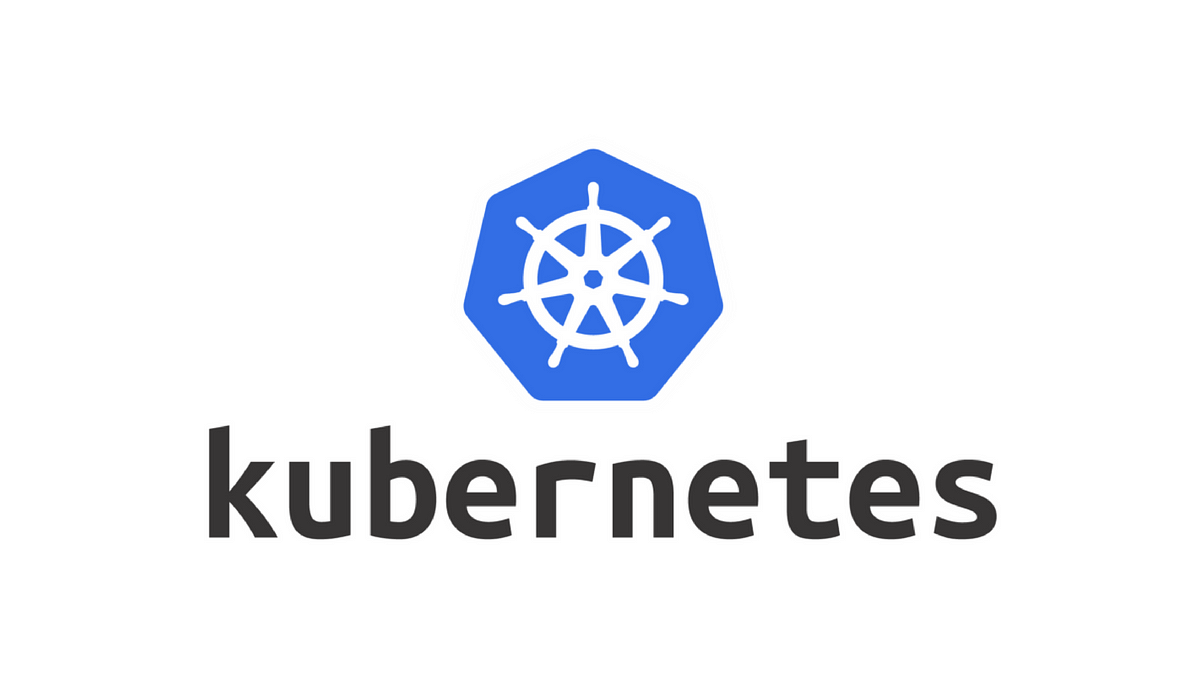

When a system grows and needs to add many containers networked to each other, standalone Docker can face some growing pains that Kubernetes helps address. The container orchestration tool Docker Swarm is capable of handling a production container workload deployment of a few containers. It solves the classic problem of “works on my machine” but then nowhere else.

On its own, Docker is highly beneficial to modern application development.
BENEFITS OF DOCKER AND KUBERNETES INSTALL
A good metaphor is Kubernetes as an “operating system” and Docker containers are “apps” that you install on the “operating system”. Kubernetes supports numerous container runtimes including Docker, containerd, CRI-O, and any implementation of the Kubernetes CRI (Container Runtime Interface). While Docker is a container runtime, Kubernetes is a platform for running and managing containers from many container runtimes. The complexity that comes with managing Kubernetes is a large factor in why many customers choose to use managed Kubernetes services from cloud vendors. However, Kubernetes is not a complete platform as a service (PaaS) and there are many considerations to keep in mind when building and managing Kubernetes clusters. Plus, Kubernetes is a critical tool for building robust DevOps CI/CD pipelines.

Kubernetes is particularly useful for DevOps teams since it offers service discovery, load balancing within the cluster, automated rollouts and rollbacks, self-healing of containers that fail, and configuration management. Docker containers are one process per container. An example of a container set is an app server, redis cache, and sql database. Kubernetes bundles a set of containers into a group that it manages on the same machine to reduce network overhead and increase resource usage efficiency. Google notes that Kubernetes’ “main design goal is to make it easy to deploy and manage complex distributed systems, while still benefiting from the improved utilization that containers enable.” Kubernetes was released as open source by Google in 2014 and is now widely considered to be the market leader and industry-standard orchestration tool for containers and distributed application deployment. Kubernetes was originally developed by Google, who needed a new way to run billions of containers a week at scale. Kubernetes can be used with or without Docker. Kubernetes (sometimes referred to as K8s) is a popular open source platform that orchestrates container runtime systems across a cluster of networked resources. These allow organizations to manage a large volume of containers and users, balance loads efficiently, offer authentication and security, multi-platform deployment, and more. To solve these problems and more, solutions to orchestrate containers emerged in the form of Kubernetes, Docker Swarm, Mesos, HashiCorp Nomad, and others. Coordinating and scheduling containers across multiple servers/clusters, upgrading or deploying applications with zero downtime, and monitoring the health of containers are just some of the considerations that need to be made. While Docker provides an efficient way to package and distribute containerized applications, running and managing containers at scale is a challenge with Docker alone. These container images can then be deployed and run on any platform that supports containers, such as Kubernetes, Docker Swarm, Mesos, or HashiCorp Nomad.

Developers can create containers without Docker but the Docker platform makes it easier to do so. It uses a client-server architecture with simple commands and automation through a single API.ĭocker also provides a toolkit that is commonly used to package applications into immutable container images by writing a Dockerfile and then running the appropriate commands to build the image using the Docker server. Docker is a commercial containerization platform and runtime that helps developers build, deploy, and run containers.


 0 kommentar(er)
0 kommentar(er)
